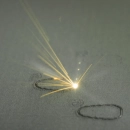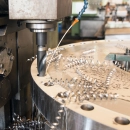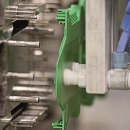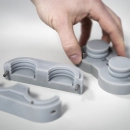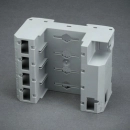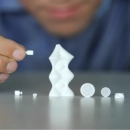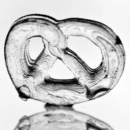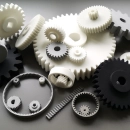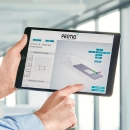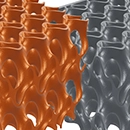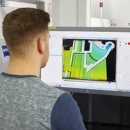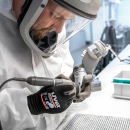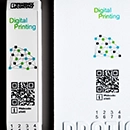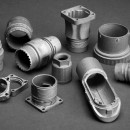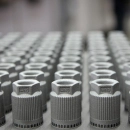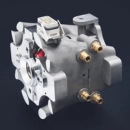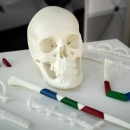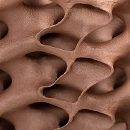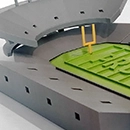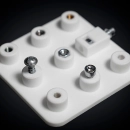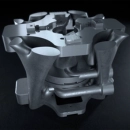Viscosity
Viscosity is a measure of the viscosity of a material and describes how resistant it is to flow. In the context of 3D printing, viscosity is a crucial property, especially in processes that use resins or liquid materials, such as stereolithography or material jetting.
In resin processes, such as stereolithography, the viscosity of the liquid resin determines how easily it spreads on the print bed and how quickly it can cure through the UV exposure process or other curing methods. In principle, a lower viscosity allows the resin to spread more quickly and evenly, which supports precise and detailed shaping. A higher viscosity, on the other hand, can lead to challenges when it comes to mapping fine details or controlling the surface finish, as the material is more resistant to flow.
In the material jetting process, where liquid or semi-liquid substances are applied drop by drop, the viscosity influences the behavior during dispensing and the drop formation on the surface. Precise control of viscosity is required to enable consistent and accurate depiction of the material and to guarantee the integration of fine structures.
Viscosity is mostly influenced by temperature and chemical composition of the material, and optimal conditions for the viscosity of the material used should be selected when designing printing processes. Too high a viscosity can lead to uneven distribution and longer printing times, while too low a viscosity may promote excessive material distribution or difficulties in layer formation.
A thorough understanding and control of viscosity can significantly improve the quality and precision of 3D printed objects. It also enables more efficient process design and supports the development and production of components with demanding material processing requirements.



 Deutsch
Deutsch English
English Italiano
Italiano
